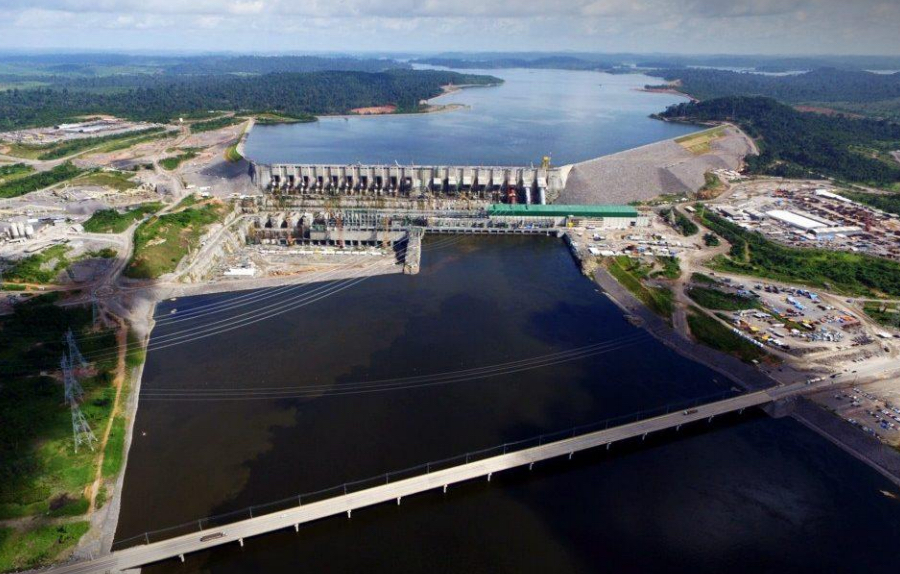
A group of locals is asking the Brazilian State of Pará to suspend a recently issued construction licence for Belo Sun Mining’s (TSX:BSX) Volta Grande project, expected to become the South American country’s largest gold mine.
Opponents to the project claim the Canadian miner intends to use cyanide to extract the precious metal, depositing toxic substances in a dam located just 1.5 km from the Xingu River, a tributary of the Amazon, local news outlet Globo1 reports (in Portuguese).
Opponents claim the miner intends to use cyanide, depositing toxic waste in a dam located just 1.5 km from the Xingu River, a tributary of the Amazon.
They fear the consequences a spill or accident such as the one at BHP and Vale’s Samarco mine in Nov. 2015, may have in the environment, the article says.
But Belo Sun has come a long way since first took control of the asset in 2003, facing similar pressures along the way. In 2014, the firm hit a major roadblock after a Brazilian court suspended its environmental and provisional licences on similar concerns.
A spokeswoman for the company said what locals claim is completely false. “We will use cyanide in our gold processing facility, however this is a completely closed loop system,” the head of corporate communications, Caroline Arsenault, said in an email to MINING.com. “It is recycled and destroyed within this facility and absolutely no cyanide is discharged. Zero contact with the river.”
Last week, the Toronto-based company finally received the approval from the environmental authority of the Pará state, where the project is located, which was the final governmental approval required by Belo Sun to move forward.
The company is actually planning to spend an initial $5 million in exploration this year, aimed at demonstrating the possibility of new and expanded gold mineralization on 175,000-hectare (175km2) property, where small-scale miners have been active since the 1960’s, it said in a statement Wednesday.
Volta Grande (meaning “Big Bend” in English), consists of an open pit, a gold recovery process facility, water and tailings management and supporting infrastructure.
It is expected to produce an average of 205,000 ounces a year over its nearly 17-year life.
Shares in Belo Sun were down 2.68% to $1.09 in mid-afternoon trading in Toronto. But year-to-date, the stock has climbed more than 60%.
2 Comments
Matt
I would bet anything that the “locals” mining in the areas since the ’60s have made a huge environmental disaster c/w with tonnes of mercury sent into the groundwater and streams. Small miners when operating in huge numbers are far harsher on the environment than any large modern miner.
Eric R
I have multiple years recent experience in a Canadian gold mill directly working with cyanide. If the company operates it’s gold recovery circuits properly there won’t be an issue..however historically things do go wrong. The only valid point the locals could make is that if the tailing’s pond does break, would it flow into the river or would it be contained by a natural formation? This is a very sensitive Eco-system and that does need to be respected. Would the mine be willing to have a secondary tailing’s wall? or perhaps re-grade the surrounding areas?
I’m unsure of how tight the regulations are in Brazil, but we do have (what seems to be too many) tailing’s pond failures here in Canada and I would wager our regulations are more strict.
I hope the locals don’t get their way, but I hope even more so that the mine doesn’t prove that they should have.